A Compact Telephoto Classic That Endures
What you’ll get: a concise look at this lens’s history and why it still wins hearts today.
First introduced in the late 1970s, the Pentax SMC Pentax‑M 135mm f/3.5 was designed to balance performance and portability. Its streamlined shape, knurled metal focusing ring, and deep‑black finish represent a golden age of Pentax craft. This little telephoto shines thanks to its smart optical simplicity—four elements, thoughtfully coated with Pentax’s Super Multi Coating.

Many photographers are rediscovering this lens for both its tactile feel and its understated rendering—smooth background transitions and crisp mid‑tones that flatter portraits and casual shoots alike.
When I first adapted a manual Pentax lens to my mirrorless body, I was surprised how intuitive manual focusing felt—like stepping into a slower, more deliberate rhythm of image‑making.
Build and Performance Highlights
What you’ll get: details about design, handling, and how the optics perform in the field.
Build and ergonomics
The lens exudes old‑school precision. Machined aluminum, firm detent clicks on the aperture ring, and a short yet damped focusing throw make it intuitive to operate. At roughly 290 grams, it’s comfortable on any small body.
Optical quality
The optical arrangement—four elements in as many groups—delivers good center sharpness even at maximum aperture, improving further by f/5.6. SMC coatings fight flare, preserve contrast, and keep colour rendition faithful under varied light.
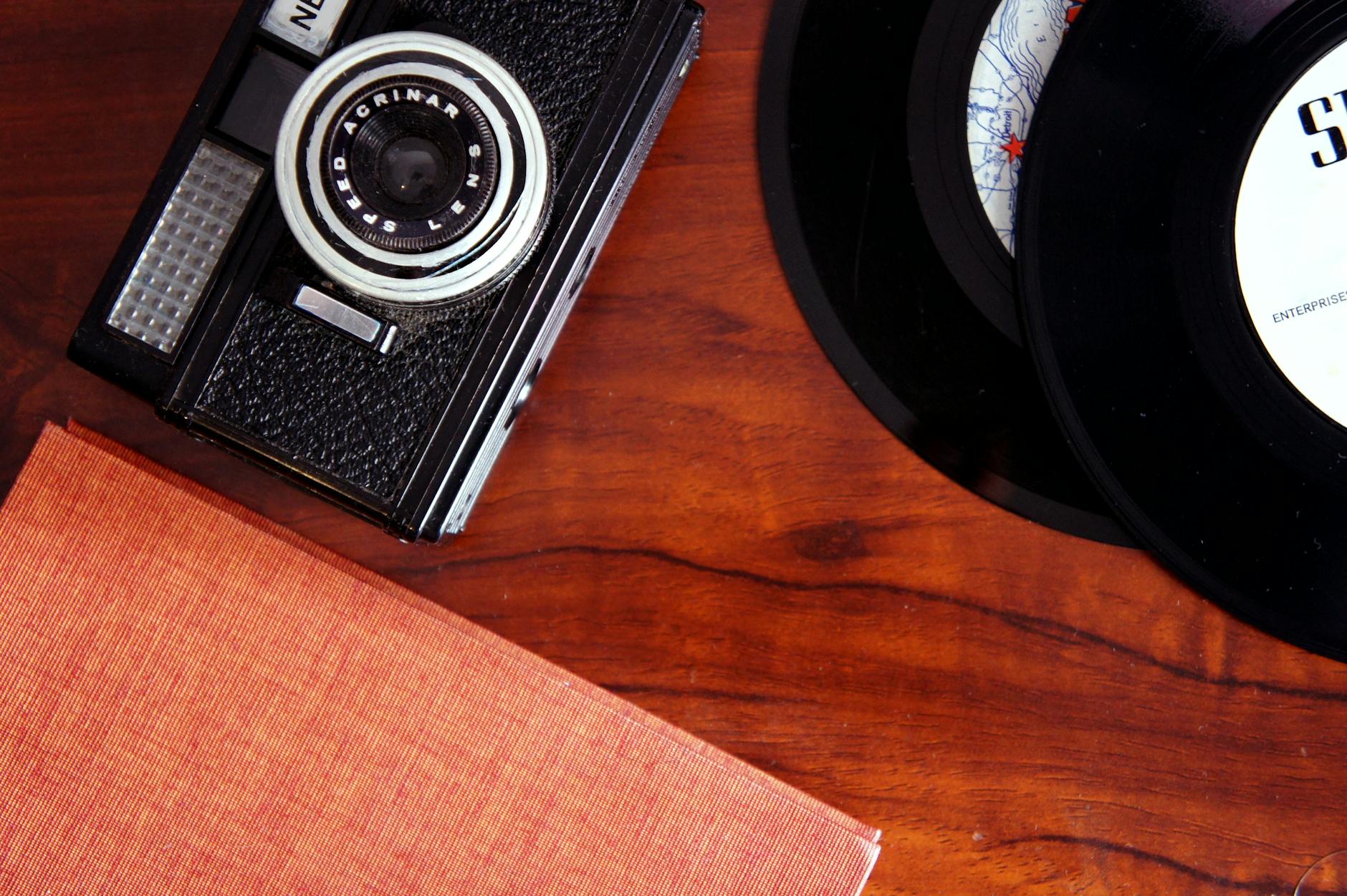
The tactile click of the aperture ring once made me re‑evaluate how I approached composition—each exposure became more intentional, more craft than automation.
Using the Pentax‑M 135mm f/3.5 in Modern Photography
What you’ll get: how to integrate the lens into digital and film workflows today.
This prime fits seamlessly into creative kits for mirrorless, film, or video. With affordable PK‑to‑E, Z, X, or RF mount adapters, users can enjoy full manual aperture and focus control. Its 135 mm focal length provides tight composition for portraits, flowers, and street details without feeling bulky.
- ✓ Use focus magnification or peaking for more precise focusing.
- ✓ Add a 49 mm hood to improve contrast in strong sunlight.
- ✓ Balance the lens on a compatible mirrorless body with a small adapter.
- ✓ Try black‑and‑white film for tonal richness.

Manual focusing with this lens slows you down—in a good way. I once composed a portrait on a quiet street corner, turning each movement of the ring into part of the subject’s story.
Evaluating Condition When Buying Second‑Hand
What you’ll get: inspection advice before committing to a used copy.
The Pentax 135 mm f/3.5 used lens remains common in online listings and fairs. Always assess handling before purchase—its mechanical focus system should feel neither gritty nor loose, and aperture blades must snap cleanly between stops.
- ✓ Check focusing ring for smooth, even movement.
- ✓ Ensure aperture blades are oil‑free and responsive.
- ✓ Look through the lens for haze, fungus, or scratches.
- ✓ Verify the mount locks securely to the camera or adapter.
I once bought a lens described as “mint,” only to find haze inside. A gentle return policy saved me—and taught me to always ask for clear back‑lighted photos.
Why This Pentax Lens Still Belongs in Your Kit
What you’ll get: closing thoughts on creative value and sustainability.
The Pentax M series 135 mm lens stands as proof that timeless engineering continues to earn its place beside modern glass. Its compact dimensions make it easy to carry anywhere, while the manual tactile experience reconnects photographers with craft.
In a world of autofocus speed races, this lens remains a meditative tool—teaching patience, precision, and care. By choosing a second‑hand version, you extend the life of a beautifully built object and contribute to sustainable gear circulation.
On a recent travel series, pairing this vintage 135 mm with digital capture gave my frames a soft cinematic glow impossible to emulate otherwise.
Pros
- Solid all‑metal mechanics and compact design
- SMC coatings deliver rich contrast and natural tones
- Works seamlessly on mirrorless with simple adapters
- Sustainable and durable as a second‑hand investment
Cons
- Manual focus requires practice
- No in‑lens stabilization
- Slightly less contrast wide open
Quick decision
- If you enjoy hands‑on shooting, this is a gem worth owning.
- Pair it with digital adapters for a hybrid workflow.
- Ideal for portraits, travel, or creative video projects.
- Regular inspection ensures decades of life still ahead.
FAQs
Is the Pentax‑M 135 mm f/3.5 compatible with modern mirrorless cameras? Yes—simple K‑mount adapters connect it to Sony E, Canon RF, Nikon Z, Fuji X, or Micro Four Thirds systems. Manual focus and aperture are fully functional.
How sharp is the Pentax SMC Pentax‑M 135 mm f/3.5? It offers good central sharpness even wide open and excellent results from f/5.6 to f/8, aided by SMC coatings.
What should I look for when buying this lens second‑hand? Inspect focus smoothness, aperture blades, and any haze or fungus. Confirm mount integrity before purchase.
Why choose this lens over a modern autofocus telephoto? It’s lighter, more affordable, and produces character‑rich rendering—perfect for photographers who value manual shooting and sustainability.
Ready to Shoot with Classic Glass?
Explore our current stock of tested Pentax‑M 135 mm f/3.5 lenses and rediscover how rewarding manual photography can be.
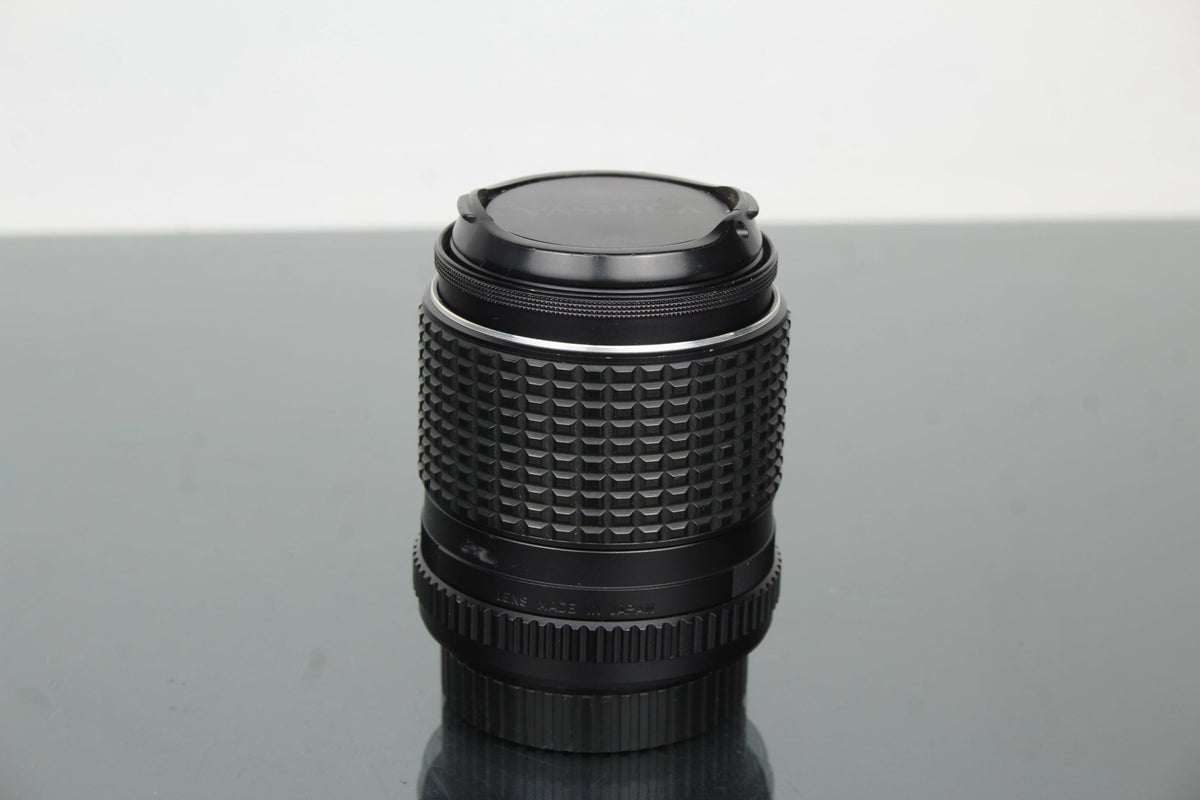
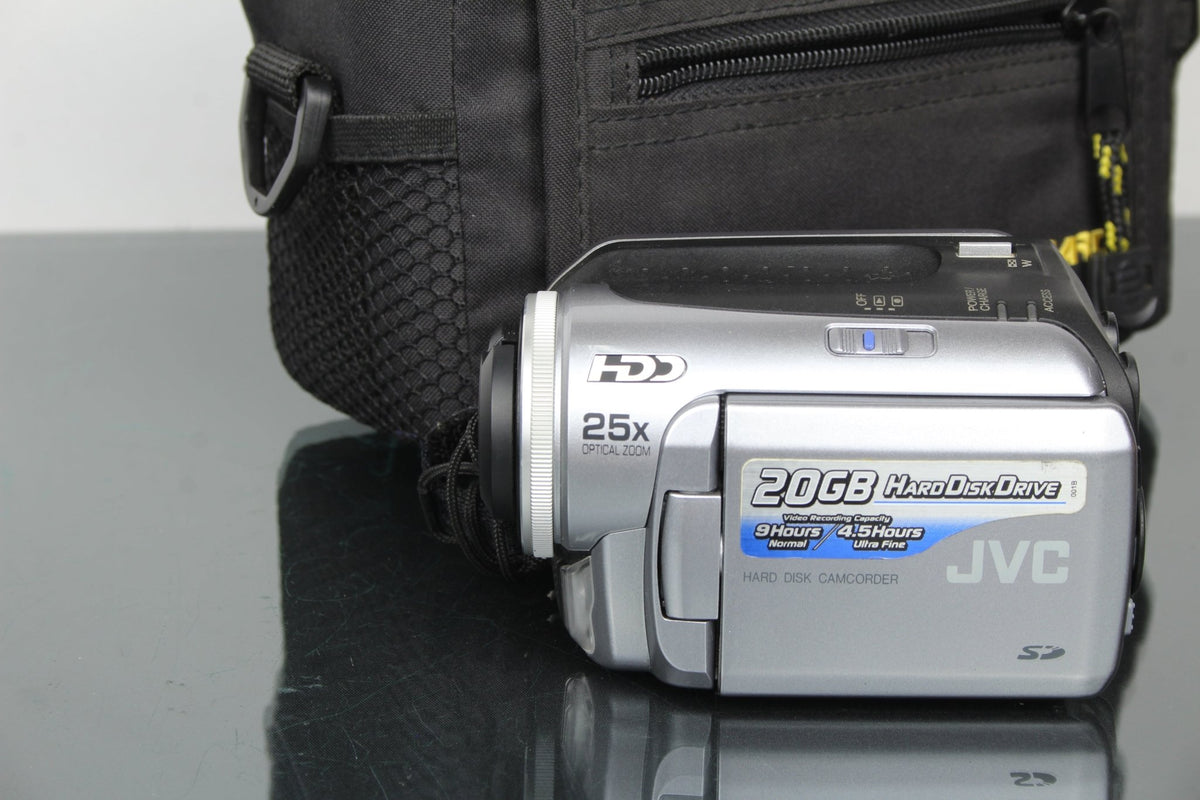
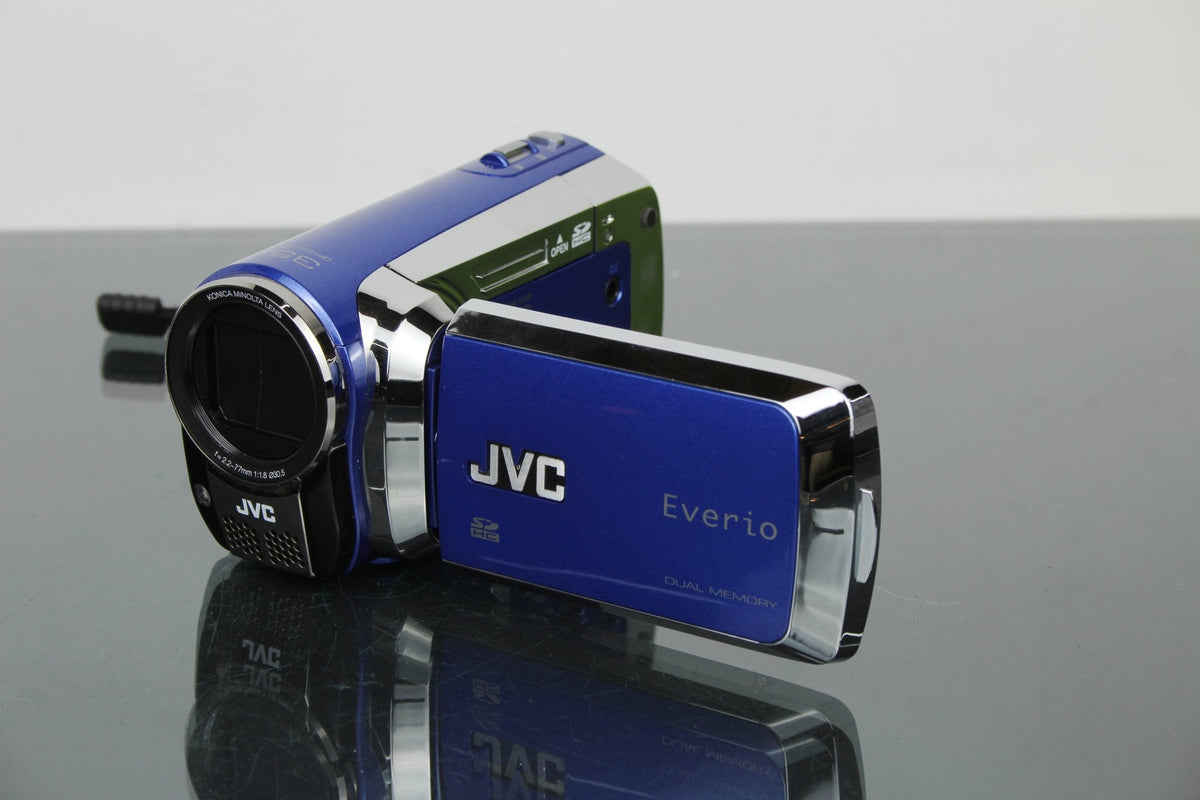
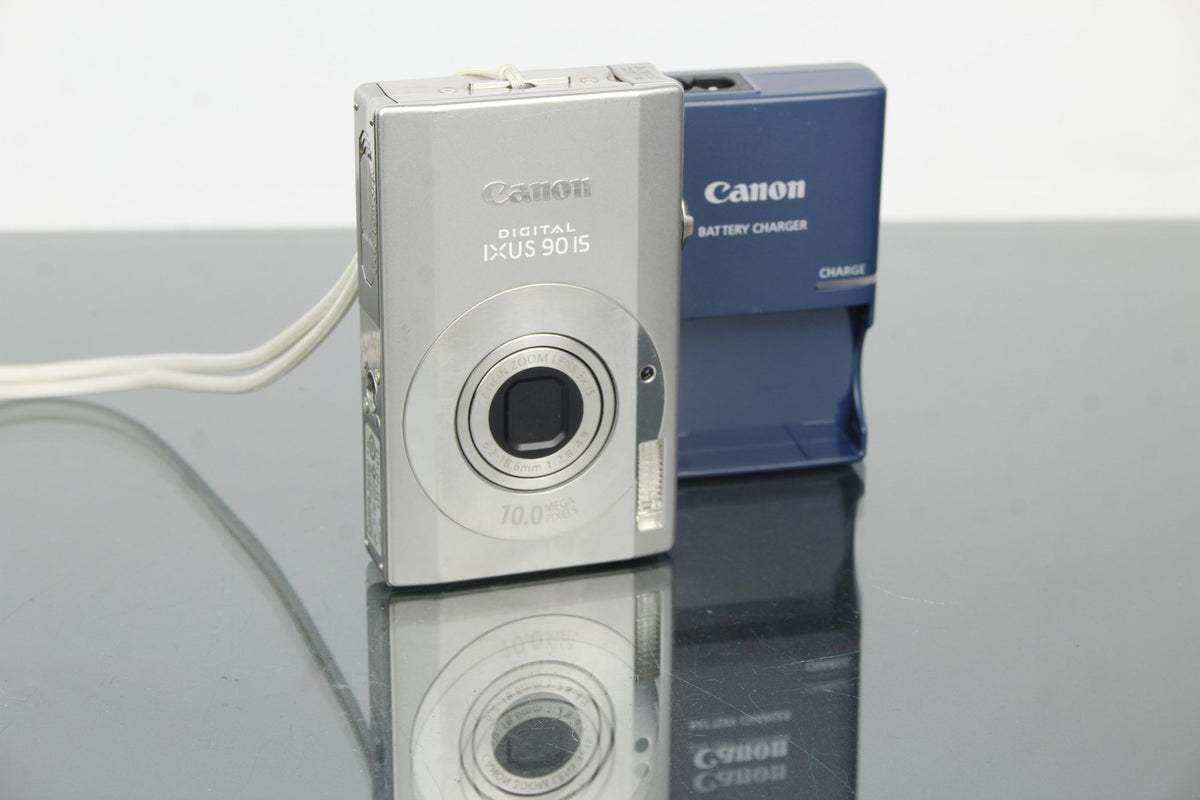





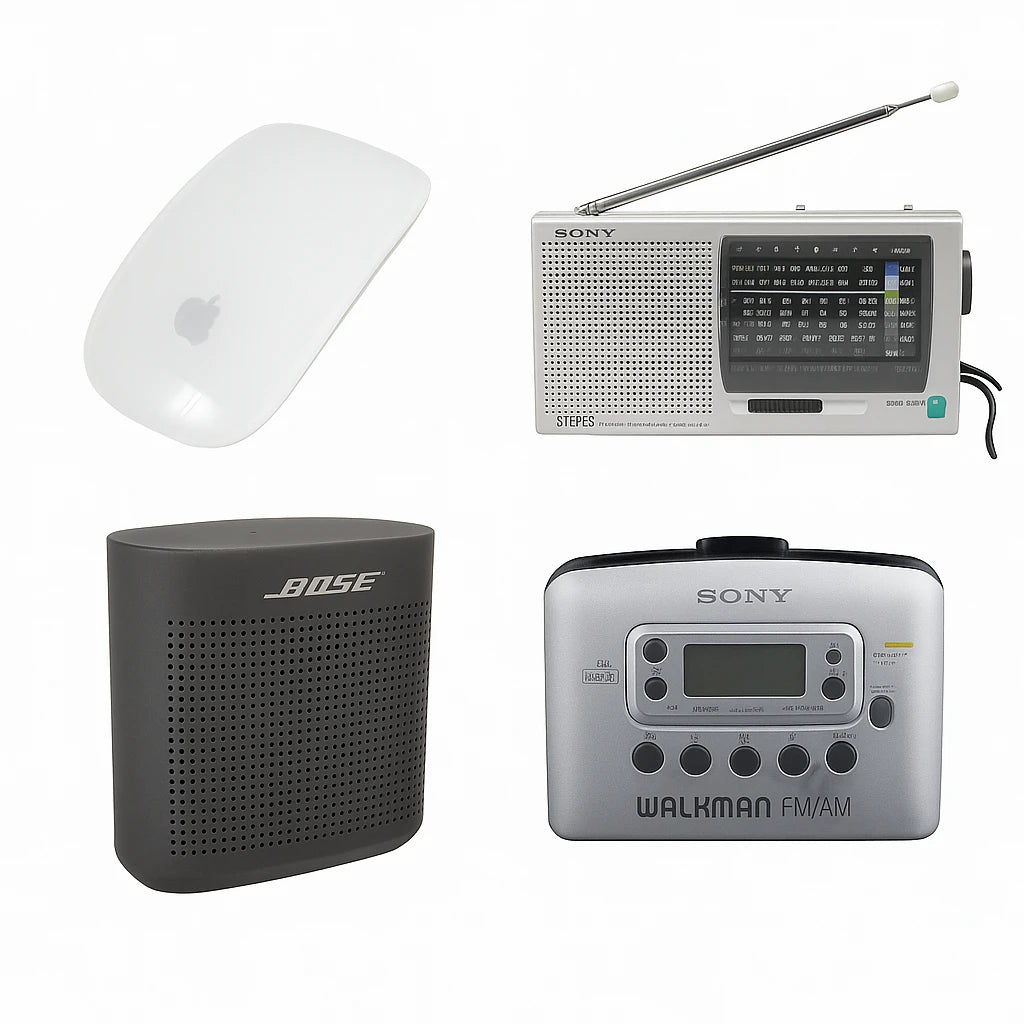
0 tuairimí